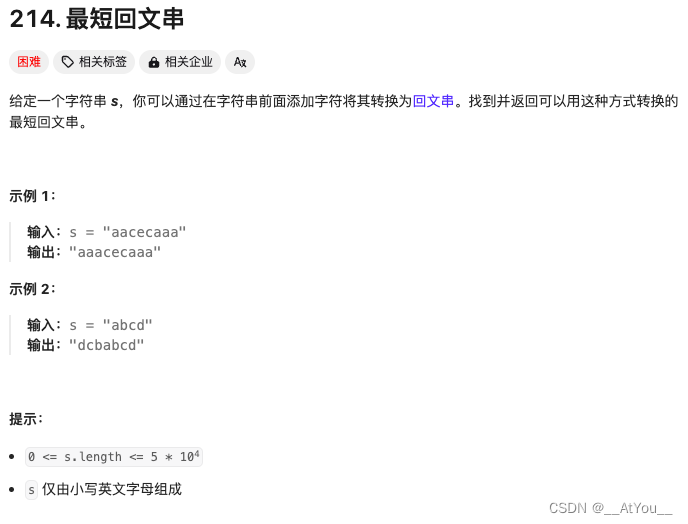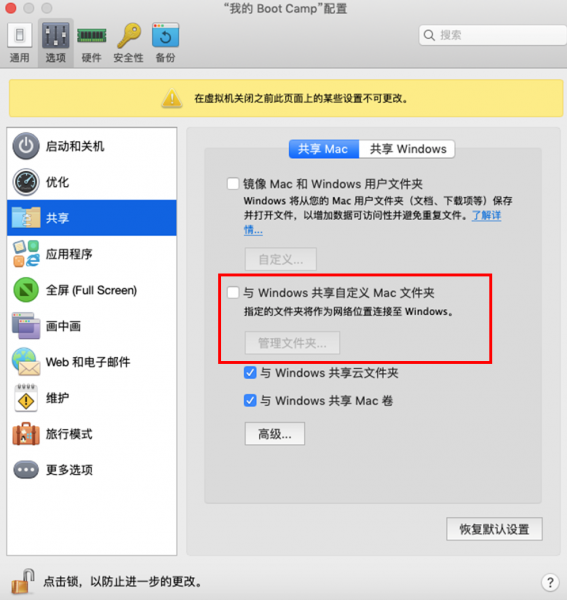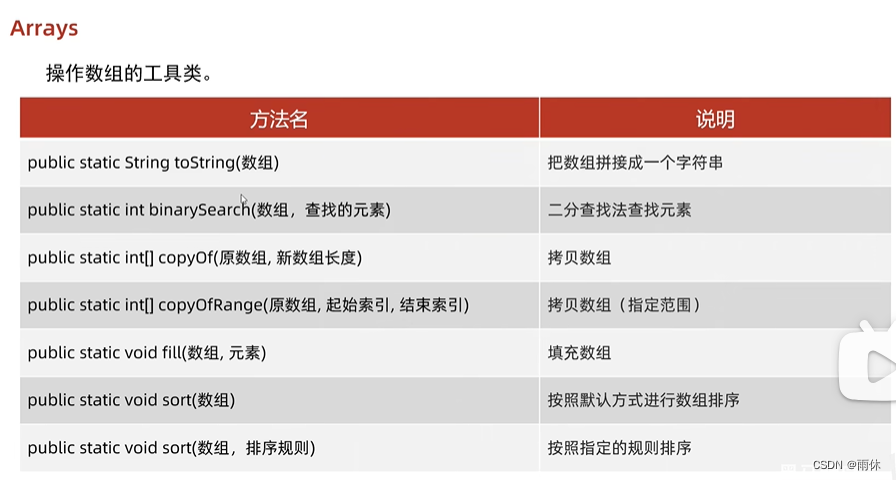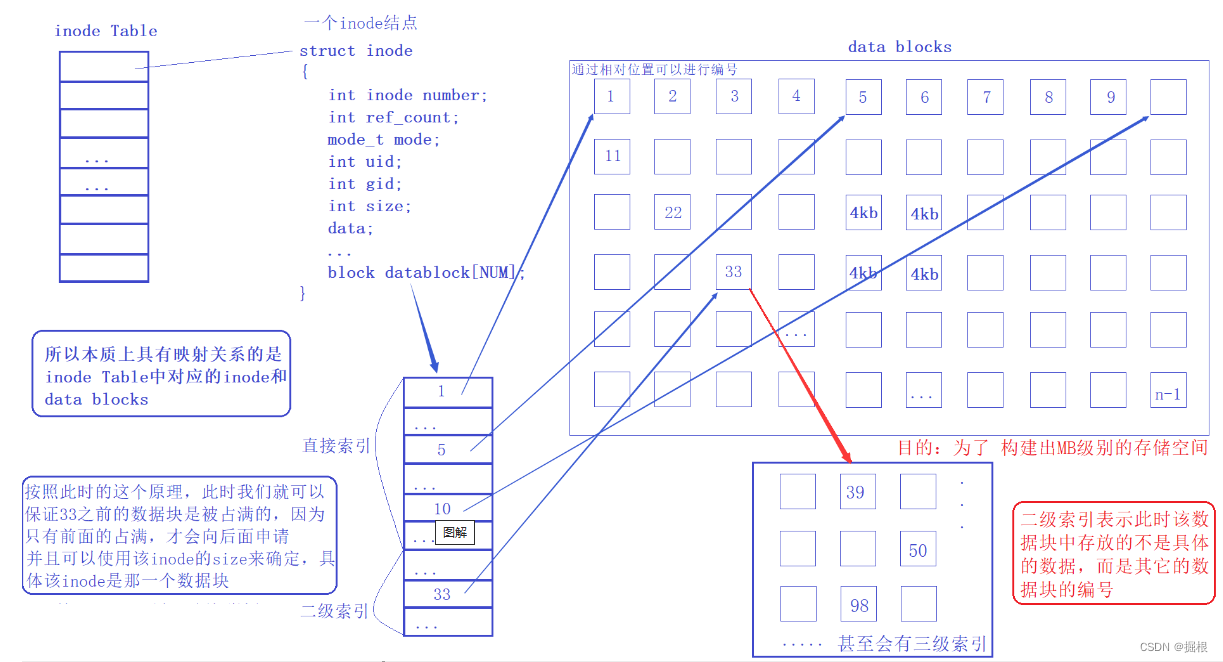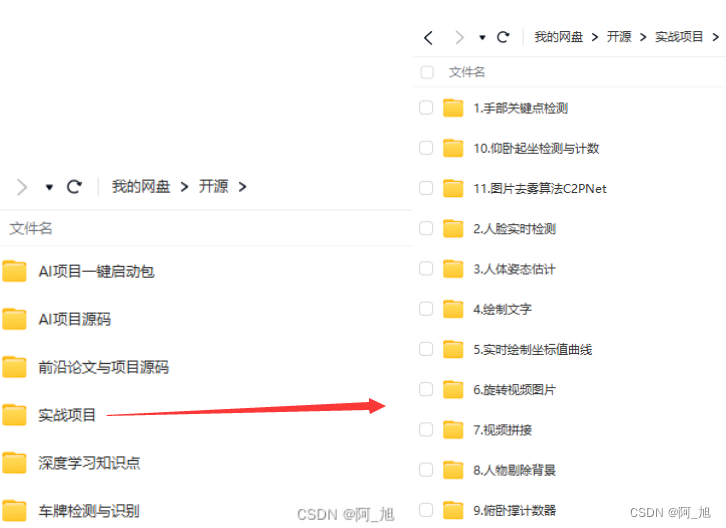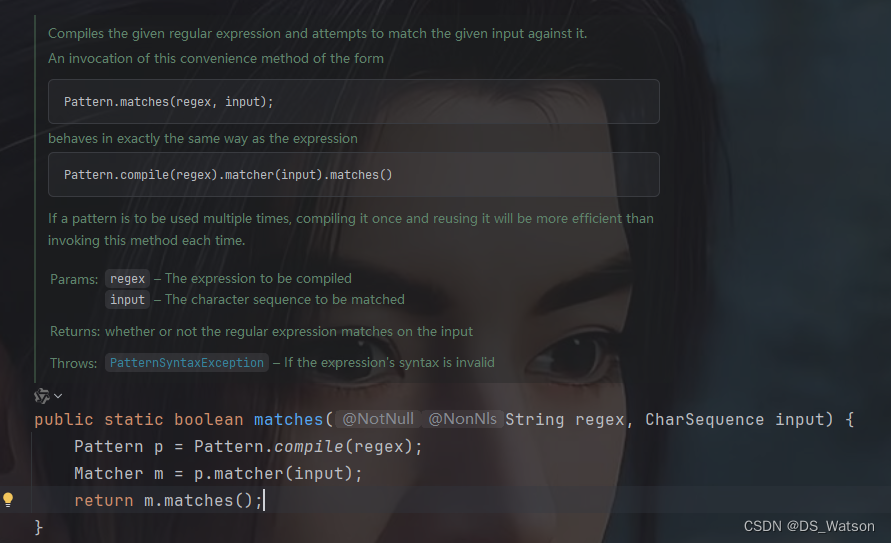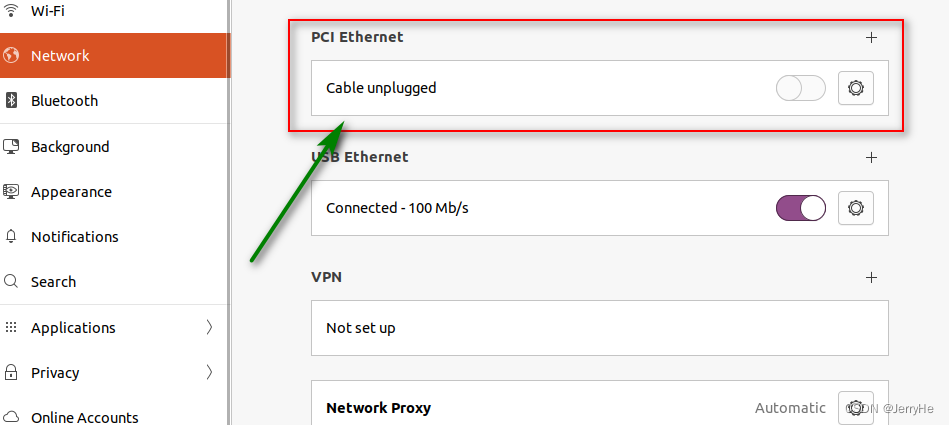经过前面两篇的前序铺垫,对webserver以及restful api架构有了大体了解后本篇描述下最终的ota实现的代码以及调试中遇到的诡异bug。
eps32的实际ota实现过程其实esp32官方都已经基本实现好了,我们要做到无非就是把要升级的固件搬运到对应ota flash分区里面,相对来说esp32 ota已经很完善了。esp32的ota相关接口可参见官网的相关ota文档。本文主要讲解基于http post方式的本地webserver的ota实现。
1、网页端web实现,主要完成固件选择以及上传post功能,该部分可以参考开源web,如esp32-vue3demo/vue-project/src/views/Upgrade.vue at main · lbuque/esp32-vue3demo · GitHub
<template><form method='POST' action='/api/v1/update' enctype='multipart/form-data'><input type='file' name='update'><input type='submit' value='Update'></form>
</template><script lang="ts" setup ></script><style scoped lang="scss"></style>如上代码的效果如下,主要是有一个文件选择框可以选择要升级的固件,点击update后即会向web后台url:/api/v1/updata进行post请求传输要升级的固件给运行webserver的后台即esp32,该部分即完成了待升级固件的网络传输。

2、esp32 webserver的post文件请求接收以及实际的ota flash写入。
ota过程需要先找到要写入的ota分区,然后接收文件后按esp32的ota api写入ota分区即可,文件传输完成后即可启动esp32进行固件升级。升级代码如下:
/* URI handler for light brightness control */httpd_uri_t light_brightness_post_uri = {.uri = "/api/v1/update",.method = HTTP_POST,.handler = light_brightness_post_handler,.user_ctx = rest_context};httpd_register_uri_handler(server, &light_brightness_post_uri);注册一个用于接收post文件的rest api,回调名懒得改,实际项目中按编码要求进行修改。
static esp_err_t light_brightness_post_handler(httpd_req_t *req)
{esp_err_t err;/* update handle : set by esp_ota_begin(), must be freed via esp_ota_end() */esp_ota_handle_t update_handle = 0 ;const esp_partition_t *update_partition = NULL;char filepath[FILE_PATH_MAX];ESP_LOGI(REST_TAG, "light_brightness_post_handler");/* Skip leading "/upload" from URI to get filename *//* Note sizeof() counts NULL termination hence the -1 */const char *filename = get_path_from_uri(filepath, ((struct file_server_data *)req->user_ctx)->base_path,req->uri + sizeof("/upload") - 1, sizeof(filepath));ESP_LOGI(REST_TAG, "Receiving file : %s...", filename);/* Retrieve the pointer to scratch buffer for temporary storage */char *buf = ((struct file_server_data *)req->user_ctx)->scratch;int received;/* Content length of the request gives* the size of the file being uploaded */int remaining = req->content_len;while (remaining > 0) {if(remaining == req->content_len){update_partition = esp_ota_get_next_update_partition(NULL);assert(update_partition != NULL);ESP_LOGI(REST_TAG, "Writing to partition subtype %d at offset 0x%"PRIx32,update_partition->subtype, update_partition->address);err = esp_ota_begin(update_partition, OTA_SIZE_UNKNOWN, &update_handle);if (err != ESP_OK) {ESP_LOGE(REST_TAG, "esp_ota_begin failed (%s)", esp_err_to_name(err));esp_ota_abort(update_handle);}ESP_LOGI(REST_TAG, "esp_ota_begin succeeded");}ESP_LOGI(REST_TAG, "Remaining size : %d", remaining);/* Receive the file part by part into a buffer */if ((received = httpd_req_recv(req, buf, MIN(remaining, SCRATCH_BUFSIZE))) <= 0) {if (received == HTTPD_SOCK_ERR_TIMEOUT) {/* Retry if timeout occurred */continue;}/* In case of unrecoverable error,* close and delete the unfinished file*/ESP_LOGE(REST_TAG, "File reception failed!");/* Respond with 500 Internal Server Error */httpd_resp_send_err(req, HTTPD_500_INTERNAL_SERVER_ERROR, "Failed to receive file");return ESP_FAIL;}err = esp_ota_write( update_handle, buf, received);if (err != ESP_OK) {esp_ota_abort(update_handle);}/* Keep track of remaining size of* the file left to be uploaded */remaining -= received;ESP_LOGI(REST_TAG, " remaining = %d, received = %d", remaining, received);}/* Close file upon upload completion */ESP_LOGI(REST_TAG, "File reception complete");/* Redirect onto root to see the updated file list */httpd_resp_set_status(req, "303 See Other");httpd_resp_set_hdr(req, "Location", "/");
#ifdef CONFIG_EXAMPLE_HTTPD_CONN_CLOSE_HEADERhttpd_resp_set_hdr(req, "Connection", "close");
#endifhttpd_resp_sendstr(req, "File uploaded successfully");ESP_LOGI(REST_TAG, "======endota======");err = esp_ota_end(update_handle);if (err != ESP_OK) {if (err == ESP_ERR_OTA_VALIDATE_FAILED) {ESP_LOGE(REST_TAG, "Image validation failed, image is corrupted");}ESP_LOGE(REST_TAG, "esp_ota_end failed (%s)!", esp_err_to_name(err));}err = esp_ota_set_boot_partition(update_partition);if (err != ESP_OK) {ESP_LOGE(REST_TAG, "esp_ota_set_boot_partition failed (%s)!", esp_err_to_name(err));}ESP_LOGI(REST_TAG, "Prepare to restart system!");esp_restart();return ESP_OK;}大体代码的含义就是接收post请求后持续读取文件知道传输完成,同时传输过程中写ota分区的flash。
实际按如上代码进行build后即可进行ota升级。运行起来一切都ok,不过没有意外下还是出现了意外,web页面选择固件进行升级后esp32端接收到的bin文件总是格式不对,出现了如下错误,
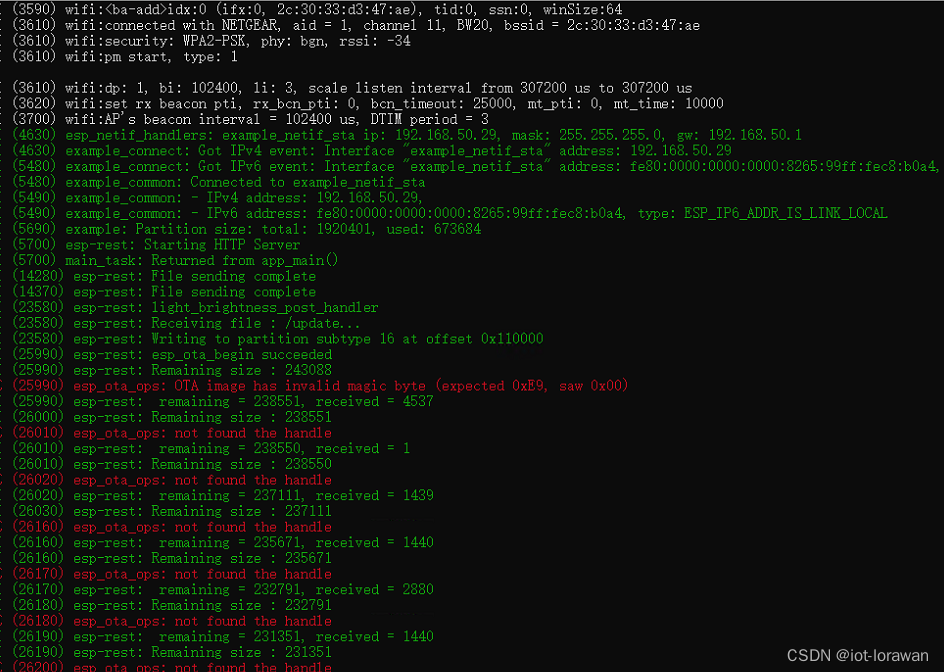
错误提示传输的文件不是bin文件格式,因此怀疑是post传输问题,通过web的开发者工具查看post的文件大小果真和实际文件大小不一致,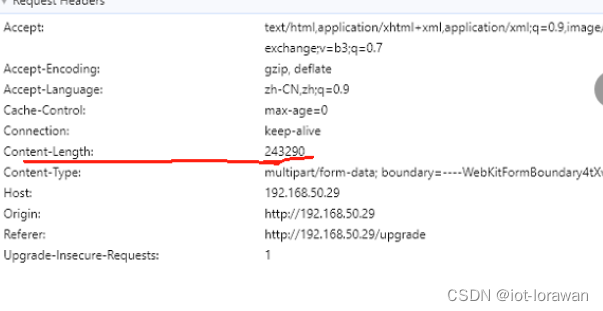
此时还没法确定是esp32嵌入式端代码问题还是web端前端代码问题,后面找了curl工具,![]()
直接用命令行接口进行post试了后可以正常升级,post过来的大小也是实际的文件大小。至此基本可以确认是前端web页面 post的时候自己传输头等有修改了content-length导致其比实际的bin文件更大导致esp32接收的bin文件错误。
经过后面修改发现只有用原始的xmlrequest才不会像html或者axios那样会导致传输的content-length会比实际的bin文件大从而导致ota固件升级失败的问题。
改善后的web端的post关键代码如下:
upload() {// your upload logic here using XMLHttpRequestconst uploadPath = "/upload/" + this.filePath;const fileInput = document.getElementById("newfile").files;// add your upload logic using XMLHttpRequest here// be sure to use "this.filePath" and "fileInput" from Vue data// Exampleconst file = fileInput[0];const xhttp = new XMLHttpRequest();xhttp.onreadystatechange = function() {if (xhttp.readyState == 4) {if (xhttp.status == 200) {document.open();document.write(xhttp.responseText);document.close();} else if (xhttp.status == 0) {alert("Server closed the connection abruptly!");location.reload();} else {alert(xhttp.status + " Error!\n" + xhttp.responseText);location.reload();}}};xhttp.open("POST", "/api/v1/update", true);xhttp.send(file);}webserver ota传输升级没问题的log截图
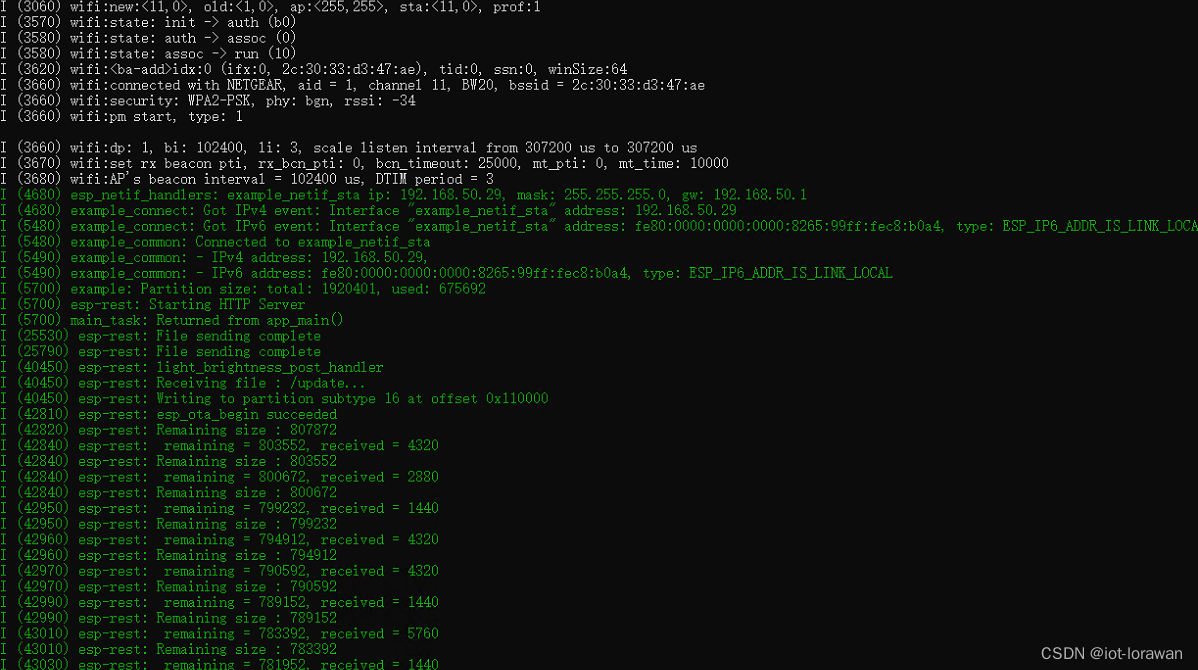
esp32 的webserver ota的源代码放github上,有需要的自行取用,iot-lorawan (iot-lorawan) · GitHub
关于web端为何用xtmlrequest进行post的时候content-length才能是正确的bin文件大小,而axios或者html自带的post都会导致该字段长度偏大的目前原因还不得而知。




